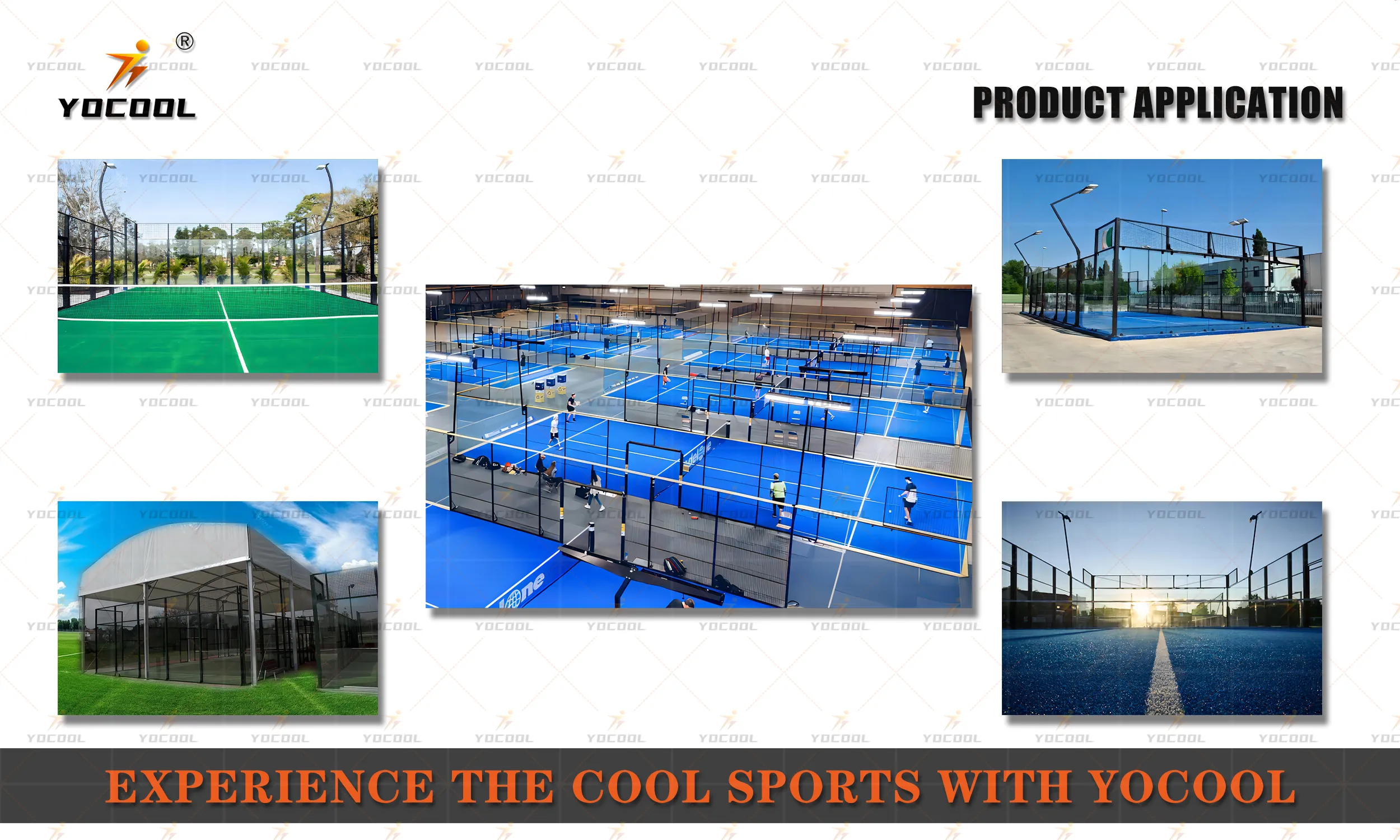

Building a Padel Court A Comprehensive Guide
Padel, a racquet sport that combines elements of tennis and squash, has been gaining popularity around the globe. One of the key factors fueling this growth is the increasing number of dedicated facilities, particularly padel courts. If you're considering building a padel court, there are several important factors to consider. This article will guide you through the critical steps involved in constructing a padel court, ensuring that you create a high-quality facility that serves both recreational and competitive players.
1. Understanding Padel Court Dimensions
A standard padel court measures 20 meters in length and 10 meters in width for doubles play. The court is enclosed by glass walls at the back and side, with the front facing a net. The height of the walls can vary, but they are usually around 3 meters high on the sides and up to 4 meters at the back. Understanding these dimensions is crucial in planning your space effectively.
First and foremost, ensure that you have enough land available for the court structure, additional space for players to move around, and potential spectator areas. Ideal placement would consider sunlight, wind direction, and accessibility.
2. Choosing the Right Location
The site selection for your padel court is equally important. Look for a location that is easily accessible to your target audience. Consider factors such as parking availability, proximity to public transport, and visibility from the road. Additionally, the terrain should be level to facilitate safe construction and drainage.
If you're building in a residential area, be cognizant of zoning laws and neighborhood regulations. Gathering local community support can also help foster interest in the sport and boost usage rates.
When it comes to the actual construction of your padel court, material selection is essential. The playing surface typically consists of artificial turf, which provides a good level of grip and comfort for players. Ensure that the turf is designed specifically for padel to withstand the sport's unique wear-and-tear.
The walls of the court are usually made of tempered glass, allowing for optimal visibility while retaining safety. Additionally, consider using galvanized steel for the frame to prevent rusting and ensure durability.
4. Lighting and Amenities

For evening play, proper lighting is essential. Installing bright LED floodlights will ensure visibility and provide a vibrant atmosphere. Aim for lights that are high enough to avoid glare and evenly distributed across the court.
In addition to the court itself, think about amenities such as changing rooms, showers, and seating for spectators. These facilities enhance the overall player experience and can be an attractive feature for clubs or communities investing in a padel court.
5. Legal Considerations and Budgeting
Before you begin construction, consult with local authorities regarding any permits you may need. Understanding the legal landscape will prevent future complications and misinformation.
Creating a budget is also vital. The total cost will depend on various factors, including land acquisition, materials, labor, and amenities. Conduct thorough research and get multiple quotes to ensure you're making cost-effective decisions.
6. Hiring Professionals
While some individuals may consider a DIY project, hiring professionals is highly recommended for court construction. Experienced builders will be familiar with the specific requirements of padel courts and can help you avoid common pitfalls. Look for contractors who have a portfolio of completed padel or sports facilities to ensure they possess the necessary expertise.
7. Promoting Your Padel Court
Once your padel court is complete, it's time to promote it! Utilize social media, local sports clubs, and community groups to establish an interest in your facility. Organizing events or tournaments can also increase visibility and attract players of all skill levels.
Conclusion
Building a padel court can be a rewarding endeavor that contributes to the growth of the sport within your community. By understanding the necessary dimensions, location, materials, and legal considerations, and by promoting your facility effectively, you are on your way to creating a space where players can enjoy the exhilarating game of padel. The right combination of quality construction and community engagement will ensure your padel court is a resounding success.
High-Performance Industrial Flooring Solutions China Paddle Tennis Court for Sale
High-Performance Industrial Flooring Solutions Durable & Cost-Effective
Homogeneous Transparent Floor – Durable & Stylish Rubber Floor Solutions
Premium Homogeneous Transparent Floor for Durable & Stylish Spaces Rubber Floor Solutions
Premium Sports Floor Solutions Durable PVC Sports Floor & Rubber Floor for Gyms
Durable Rubber Composite Floor Premium Rubber Floor & Mats Solutions